Cats have been companions to humans for thousands of years. The domestication of cats is believed to have begun around 7500 BCE in the Near East, with the African wildcat as their ancestor. These early domesticated cats provided pest control and companionship, setting the stage for the evolution of the modern domestic cat.
Ancient Cat Breeds and Their Roles
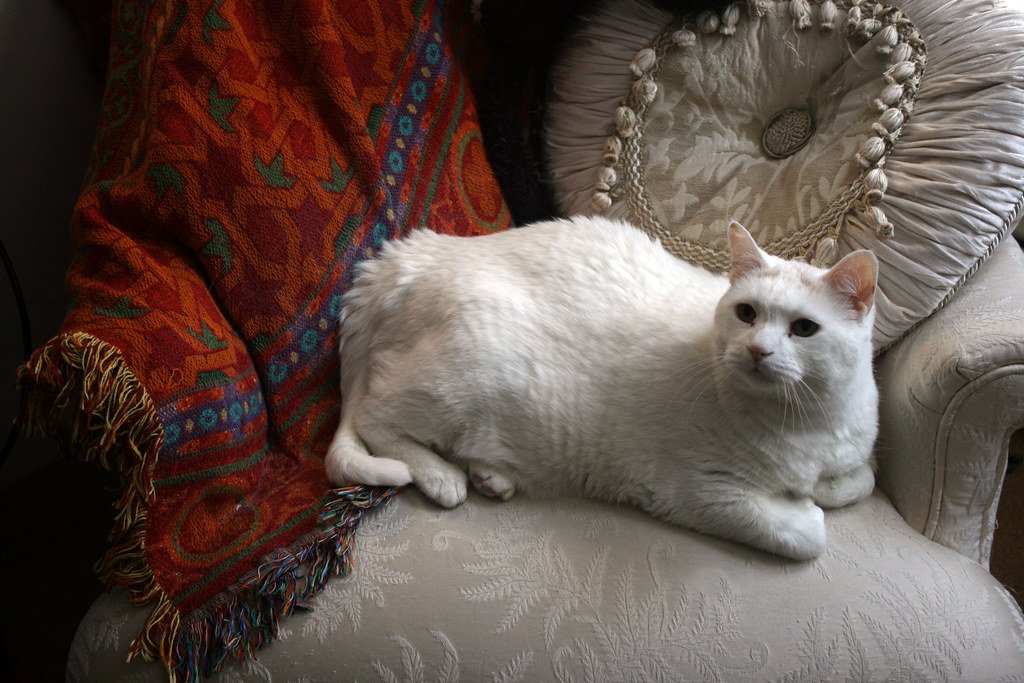
In ancient civilizations like Egypt, cats assumed an almost sacred status. The ancient Egyptians bred cats not only for their abilities to control vermin but also for their spiritual significance. Cats like the Egyptian Mau, an ancient breed, showcase the early aesthetic and functional traits that humans valued, such as speed and grace.
Natural Selection and Early Human Influence
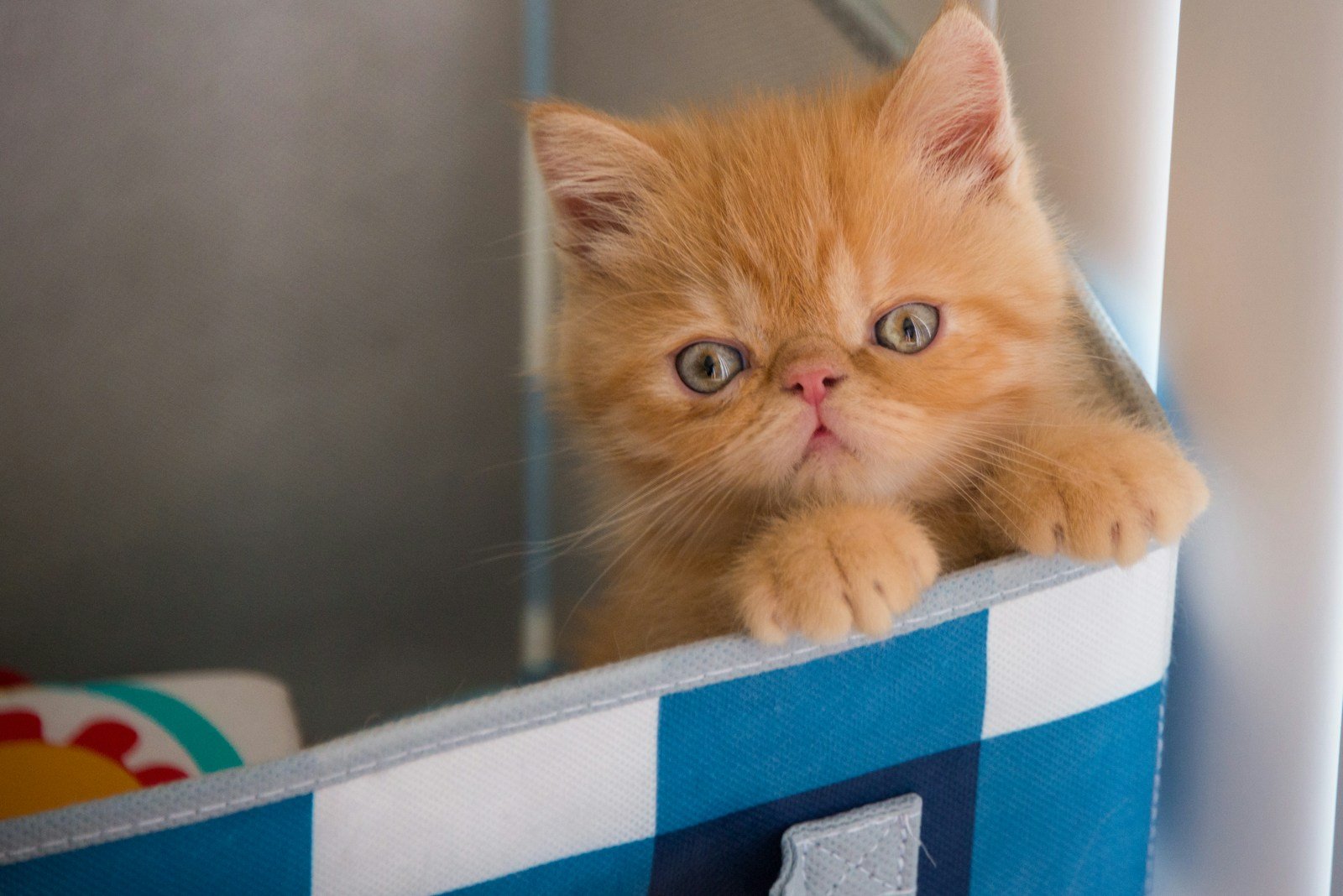
Unlike dogs, early cat breeding was minimal, as cats were largely left to natural selection. The basic need for effective prey retrieval and survival skills kept cat breeding limited to natural processes. It wasn’t until much later that targeted breeding programs began to emphasize specific traits.
The Advent of Selective Breeding
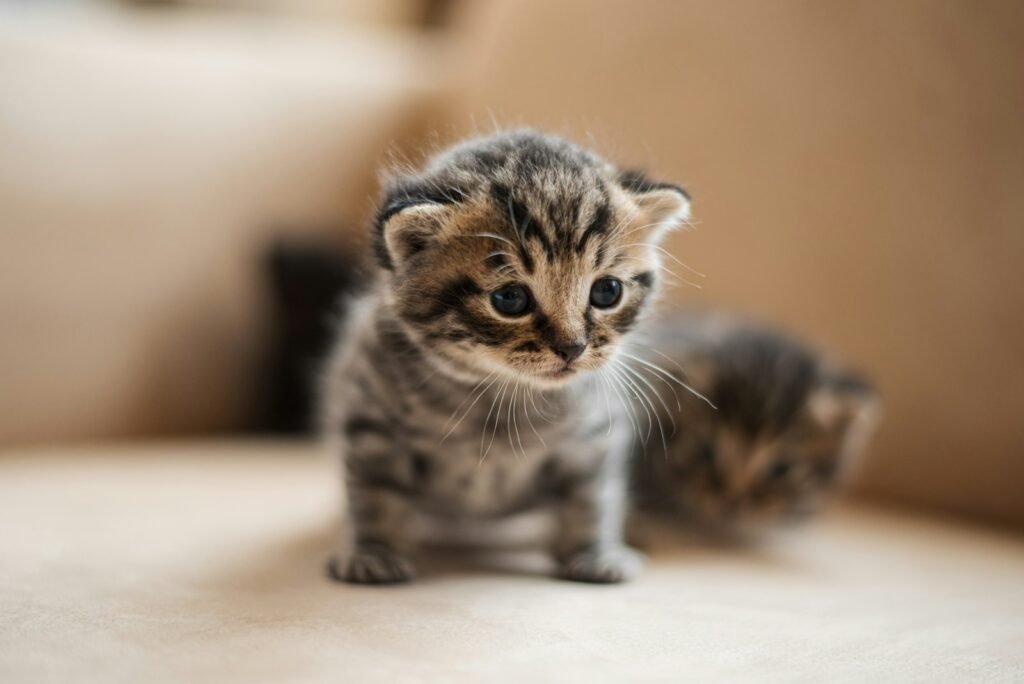
Selective breeding in cats took off significantly in the 19th century, particularly in Europe. Breeders began to emphasize desirable traits such as coat length, color, and temperament. This practice paved the way for breeds like the Persian, known for their long, luxurious coats.
The Rise of Purr-Sonalized Breeds
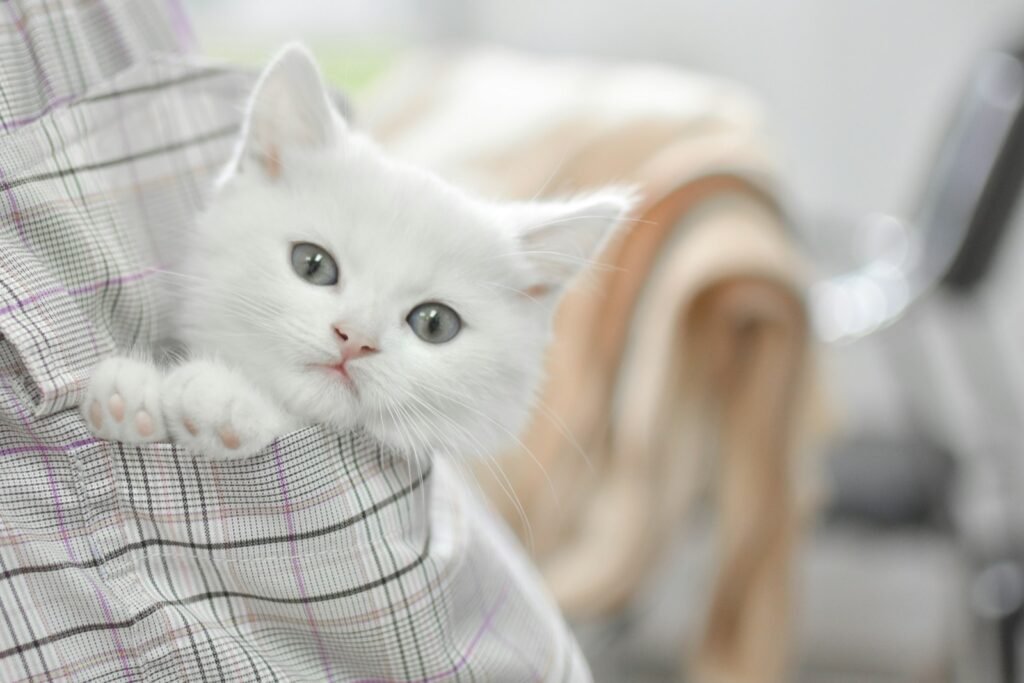
As cat fancier societies gained popularity, so did the number of distinguishable breeds. Breeds like the Siamese and the British Shorthair started becoming household names. Each breed exhibited its own unique combination of traits, from the vocal and social Siamese to the calm and sturdy British Shorthair.
The Genetic Canvas of Modern Cat Breeds
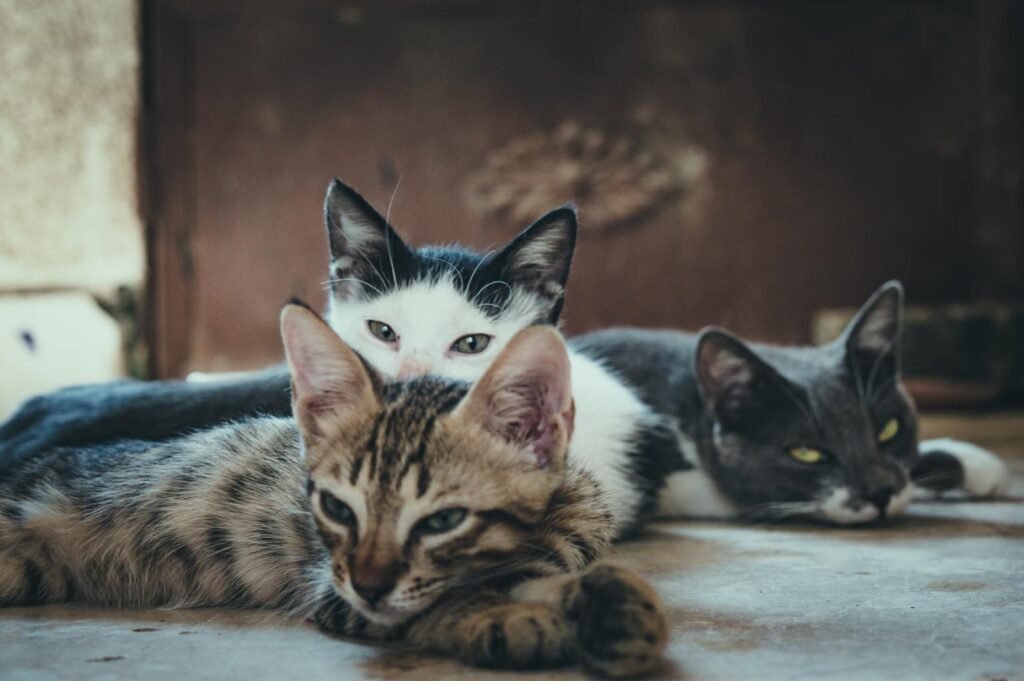
Modern cat breeds are a testament to the genetic diversity and adaptability of the species. Cats have been selectively bred for a variety of traits, including coloration, fur patterns, and even temperament. Simple genetic mutations have been amplified through breeding, resulting in a wide array of physical forms and characteristics.
Following the Fancy: Popularity and Trends

With the rise of cat shows and competitions, the late 19th and early 20th centuries saw a boom in the popularity of certain breeds. Various breeds like the Maine Coon and the Ragdoll rose to prominence due to their distinctive features and amiable temperaments. These breeds continue to captivate cat enthusiasts today.
Understanding Feline Genetics
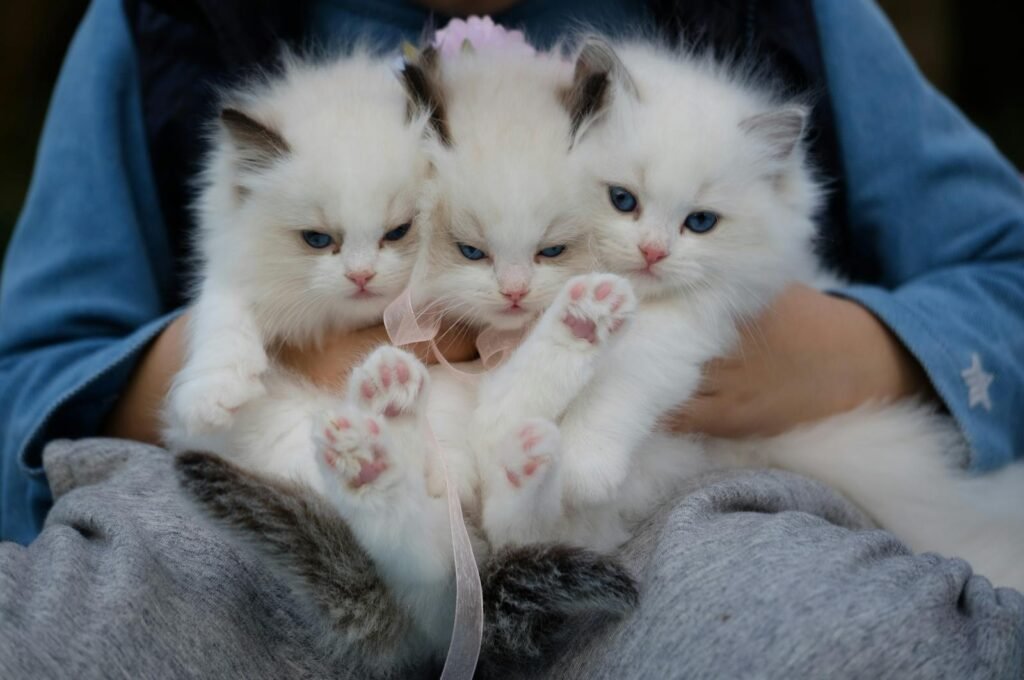
Modern science has delved into the feline genome, revealing insights into cat behavior, health, and breed characteristics. Understanding feline genetics has become crucial for breeders who wish to maintain breed standards while ensuring the health and vitality of their litters.
Ethical Considerations in Cat Breeding
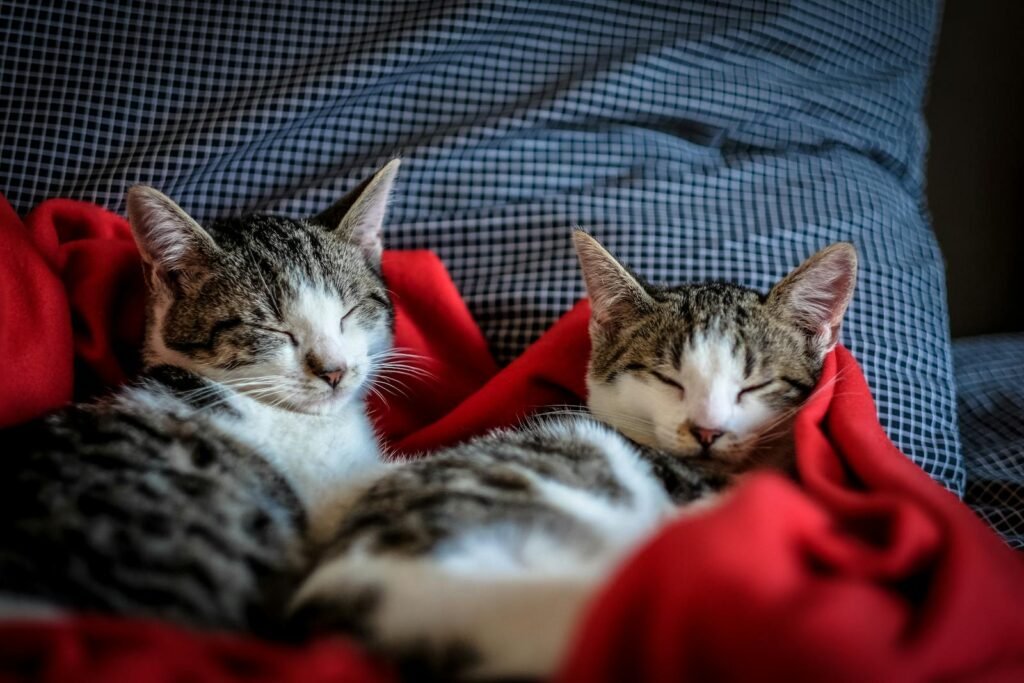
The surge in popularity of distinct cat breeds brings with it ethical considerations. Breeders and enthusiasts face challenges like inbreeding, genetic disorders, and the welfare of cats. Responsible breeding practices and a focus on maintaining genetic diversity are essential to safeguarding feline health and well-being.
The Future of Cat Breeds: Trends and Predictions
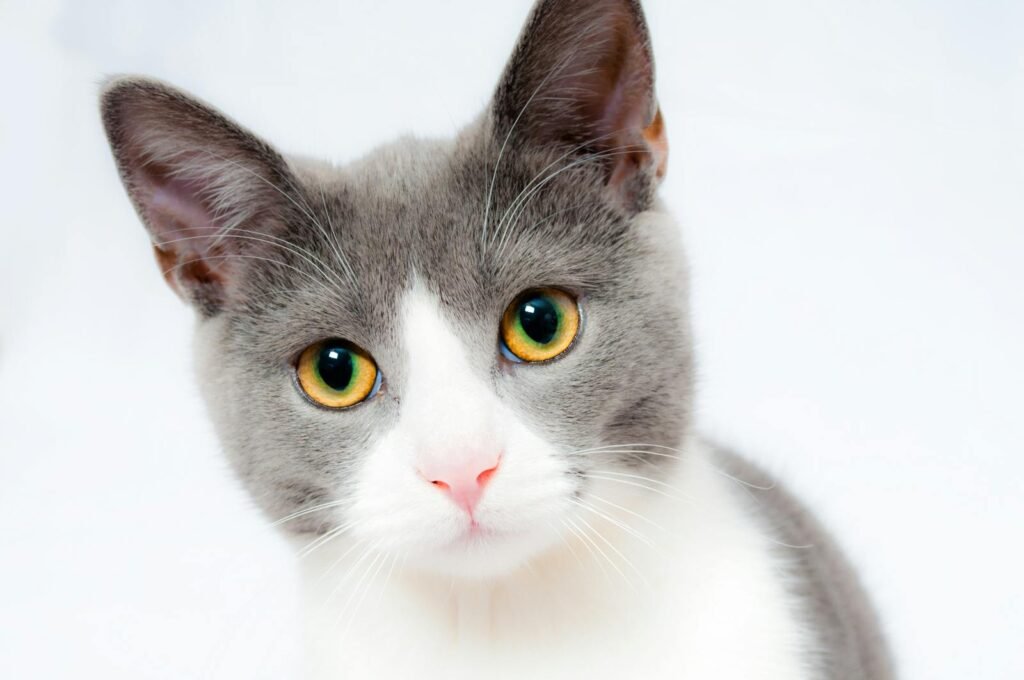
As society evolves, so do the preferences for cat breeds. The future of cat breeds may involve a return to more natural forms or the continued development of hybrid breeds. Additionally, the advent of genetic engineering could pave the way for restorative efforts in endangered or ancient breeds.
The Unchanging Bond Between Humans and Cats
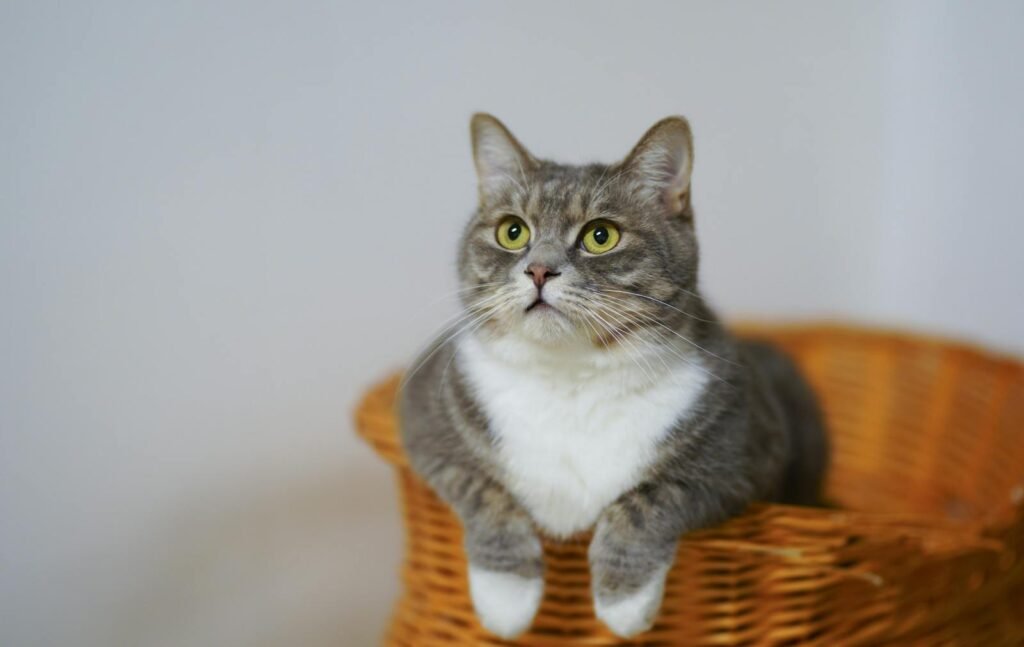
Despite the changes and developments in cat breeds, the fundamental bond between humans and cats remains unchanged. Cats continue to be beloved for their companionship and unique personalities. This enduring relationship highlights the timeless appeal of our feline friends.
Hi, I’m Bola, a passionate writer and creative strategist with a knack for crafting compelling content that educates, inspires, and connects. Over the years, I’ve honed my skills across various writing fields, including content creation, copywriting, online course development, and video scriptwriting.
When I’m not at my desk, you’ll find me exploring new ideas, reading books, or brainstorming creative ways to solve challenges. I believe that words have the power to transform, and I’m here to help you leverage that power for success.
Thanks for stopping by, Keep coming to this website to checkout new articles form me. You’d always love it!






